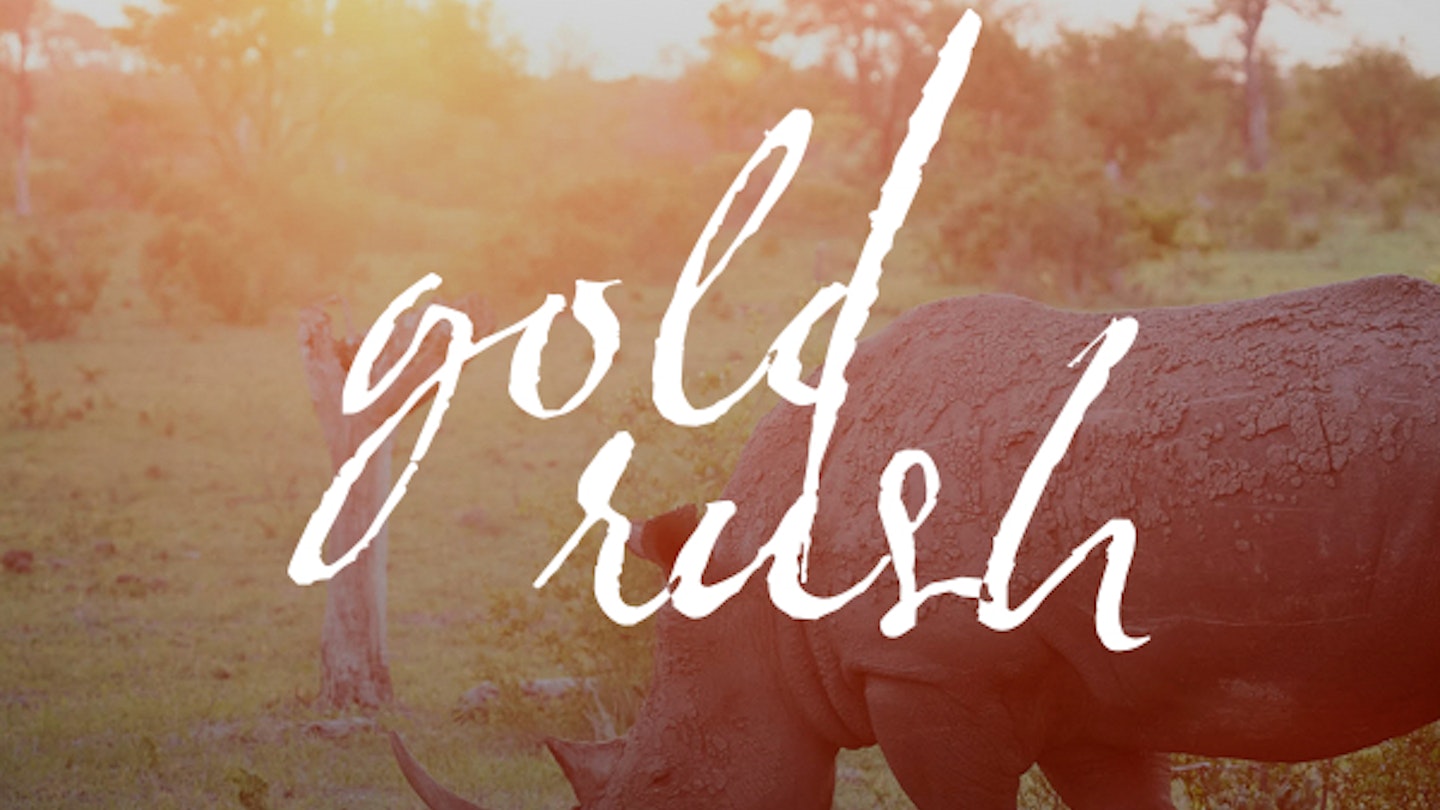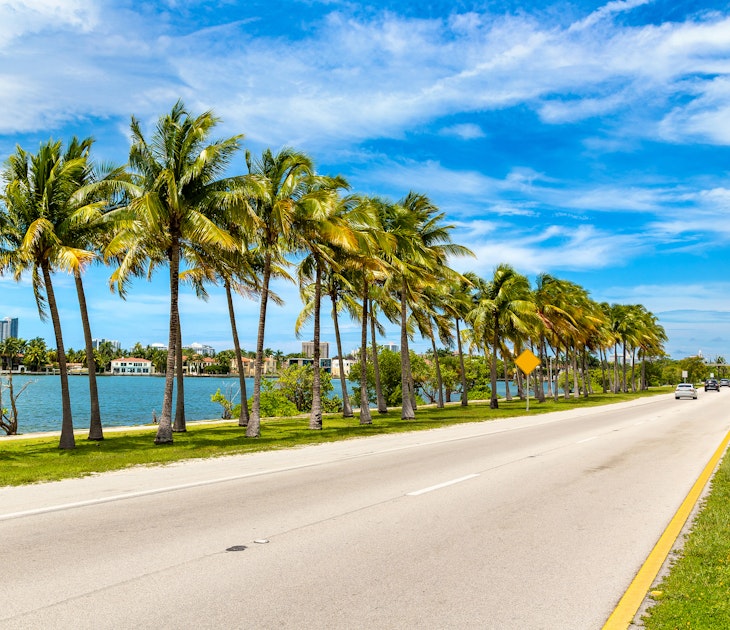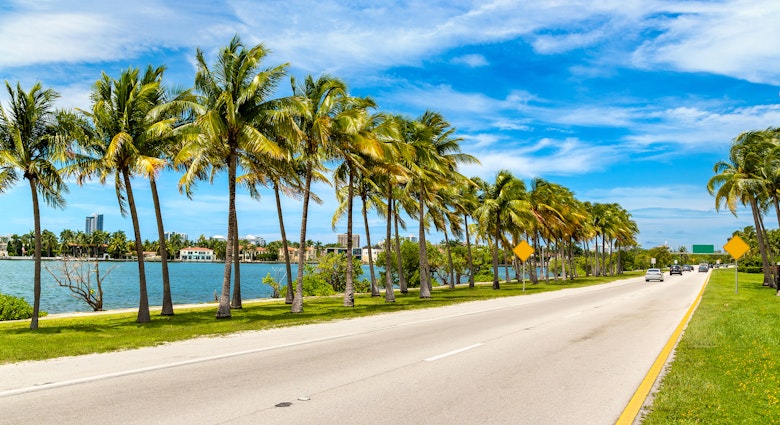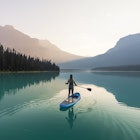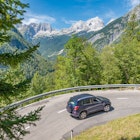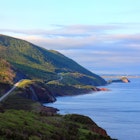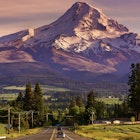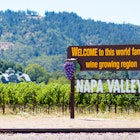Follow the trail of fortune-hunters through the mountains and end with animal encounters on one of the country’s original safaris.
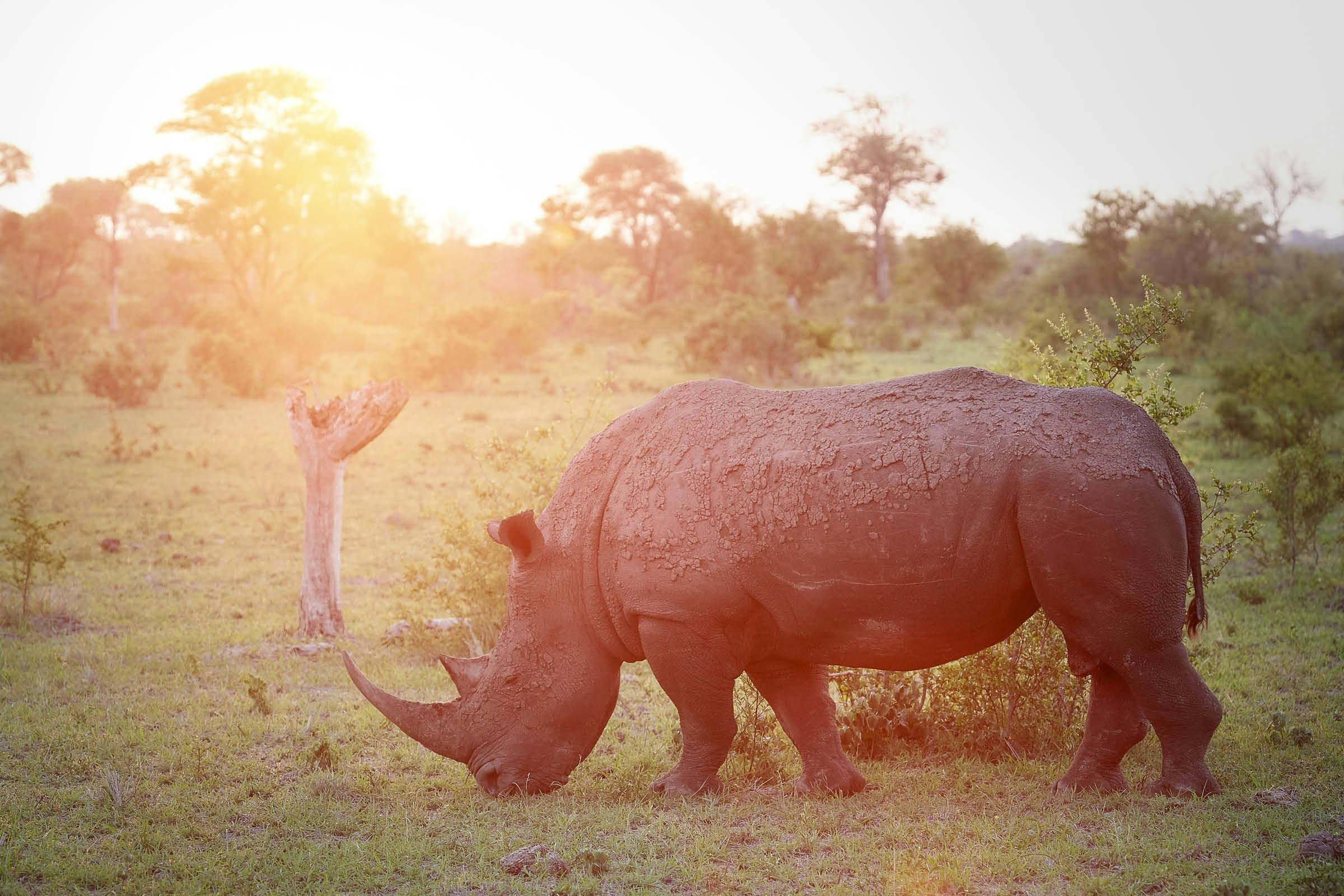
In the gathering wind, the bride is struggling to retain her modesty. As guests gather round her and her new husband for a photo, her full skirts billow up and it takes four people to battle them back down. The desired shot is not to be: a fat slug of low cloud squats over the mountain they’d chosen as their backdrop, and there is no hint of the famed canyon that lies beneath it. The wedding party gives up, piles into a convoy of minivans, and drives away.
Patience, though, has long been a virtue up on the Drakensburg Escarpment. With alarmingly long-toothed baboons prowling the plateau around me, I perch on a boulder and wait, joined occasionally by entrails of mist that slink in and away like mildly curious ghosts. After an hour, the grand unveiling takes place. The clouds part, and the bulbous rock pinnacles of the Three Rondavels are revealed, sheering up from the canyon floor 400 metres below, the dark green coil of the Blyde River winding its way between them. For a brief moment, and one that surely deserves an operatic burst from a choir of angels, the Mpulamunga plains far to the east are illuminated by golden beams of sunlight. Then the weather sets in, and their fields of orange, mango and avocado trees are lost to sight once more.
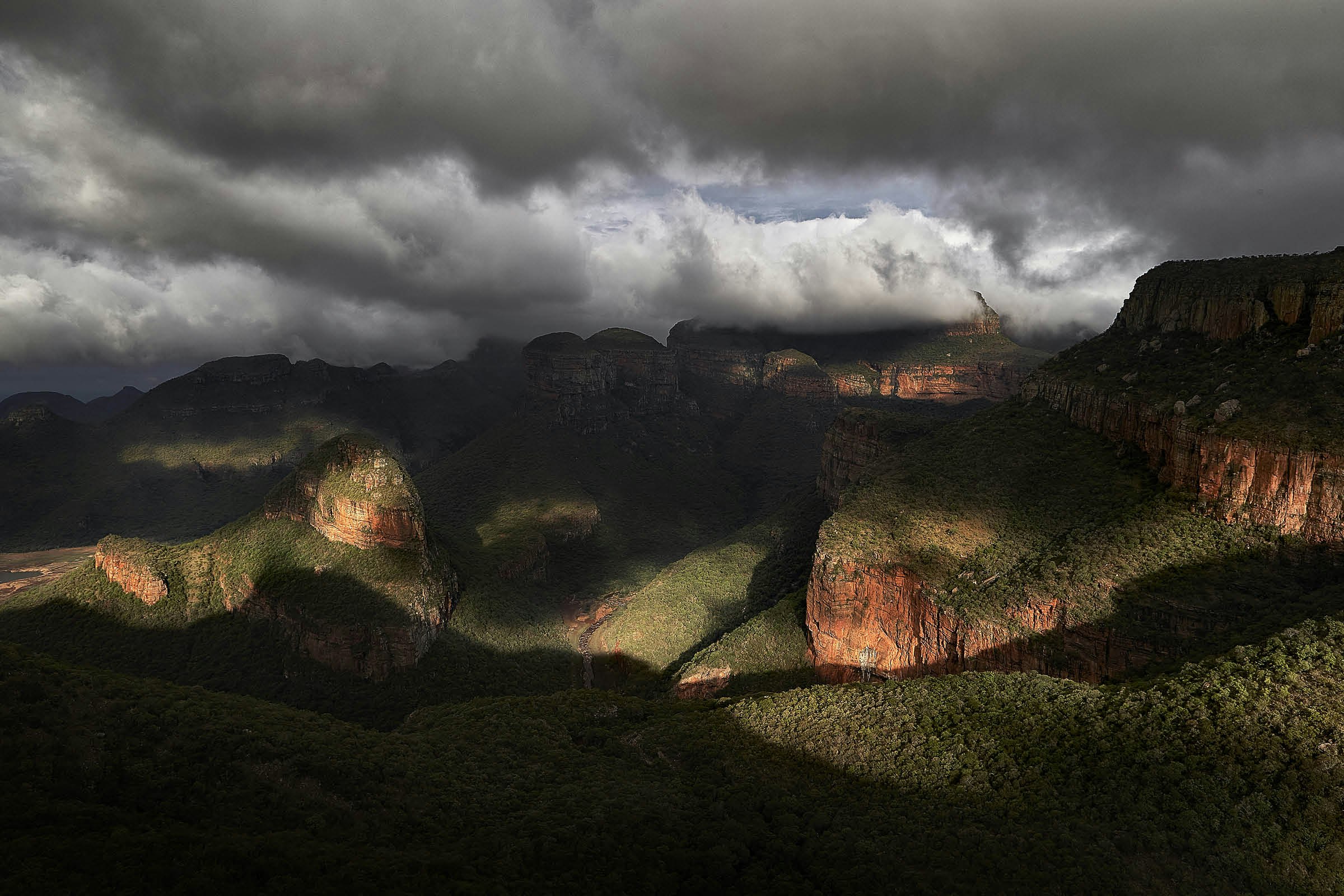
The Three Rondavels mark the starting point of a canyon 16 miles long, traced by a road named the Panorama Route that links the many sights along it – waterfalls so high that rainbows form at their base; a lone spike of quartzite rock that spears the sky like an absurd skyscraper; deep, thickly forested chasms roamed by klipspringer antelopes and leopards, and that go by the grandstanding names of Wonder View and God’s Window. And yet the phenomenon of coming for the simple enjoyment of the view is a relatively recent one; up until the latter half of the 20th century, rewards of a more material persuasion were what drew people here.
Thomas Bourke, whose family had come to South Africa from Ireland, is one man whose patience never paid off. Suspecting that gold lay in the rocks surrounding the Blyde River, he set about digging by the banks halfway along the canyon. He never struck lucky. All that remains of his endeavours are loose piles of rubble, and a sign warning people not to venture further into the unstable scree. He did eventually get recompense of sorts: the site took his name. A series of cascades tumble over the smooth, orange sandstone of Bourke’s Luck Potholes, whirling through bowls and tunnels worn in the rock over the centuries. Blue starlings nest in crevasses in the low cliffs, and anorak-clad visitors now toss coins into the deepest pools for good luck – perhaps unwisely given the fortunes of the site’s namesake.
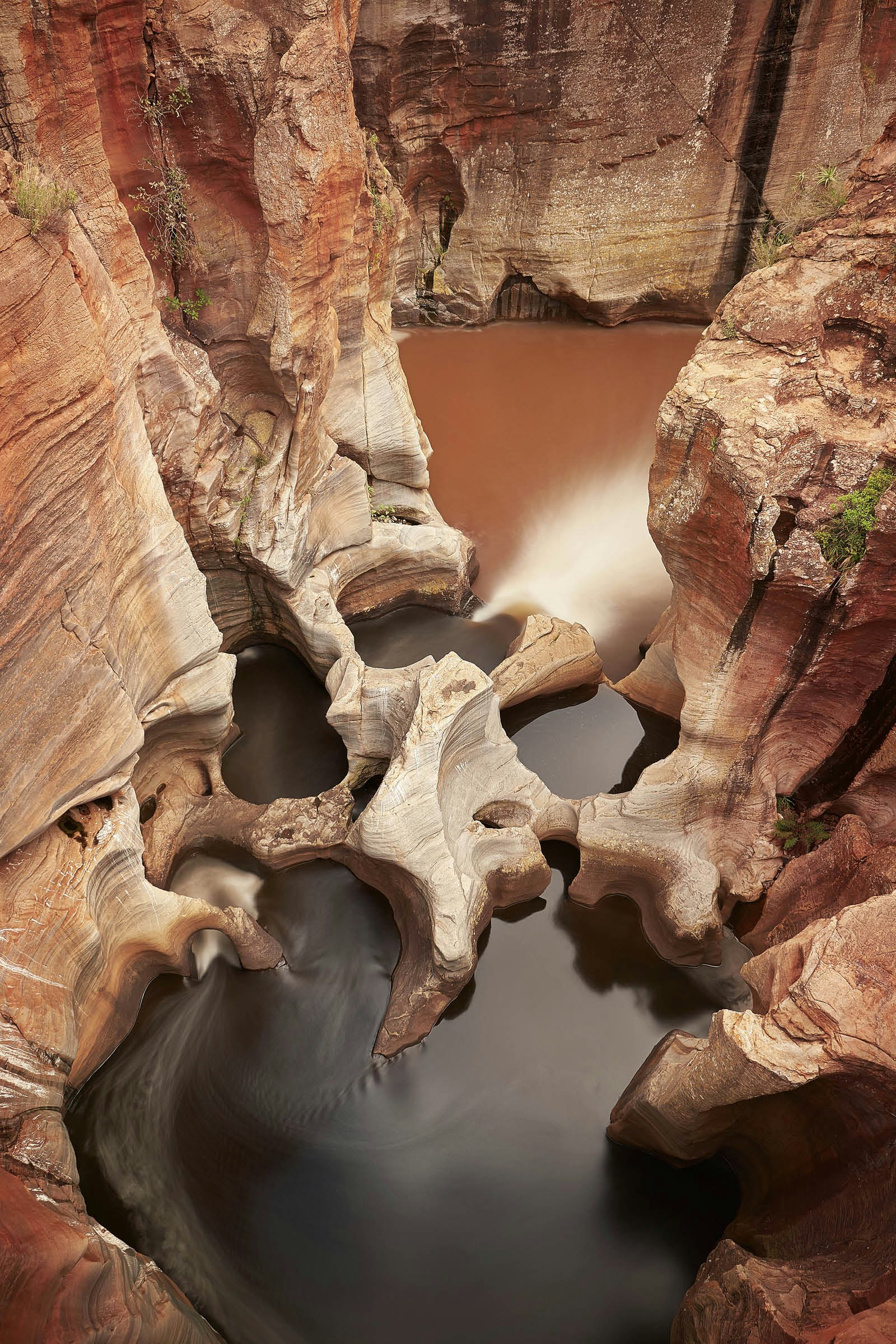
Bourke’s fellow fortune-hunters had better success at a spot at the end of the Panorama Route. Gold was discovered in the area in the 1850s, prompting an influx of prospectors from around the world. Mac Mac Falls – a single plume of water dropping 70 metres into a shaded crater – is named after the perception that every second man arriving to stake his claim was a Scot. Today, market traders are the only ones doing business, their stalls selling clay pots, wooden hippos and hide drums. A mile downstream, activity is subdued further still. The waters form a series of natural bathing pools, in which families and groups of teenagers lounge before emptying bags of sausages onto public BBQs. It’s hard to imagine that the gentle grassy slopes surrounding the falls were once home to 1,500 people who’d swept in hoping to make it rich.
Prospector Alec ‘Wheelbarrow’ Patterson – so called for his reluctance to splash out on a donkey when a wheelbarrow was perfectly adequate for most jobs – changed the course of the region’s history forever one fortuitous day in 1873. Something of a loner, he tired of Mac Mac and moved north, panning for gold in the water of Lone Peach Tree Creek. He soon found alluvial deposits – he’d hit the jackpot. Despite his efforts to keep his find under wraps, word got out. Within weeks, the river rang to the sound of shovelling, hammering and hollering, as thousands of gold-diggers piled in and set up camp.
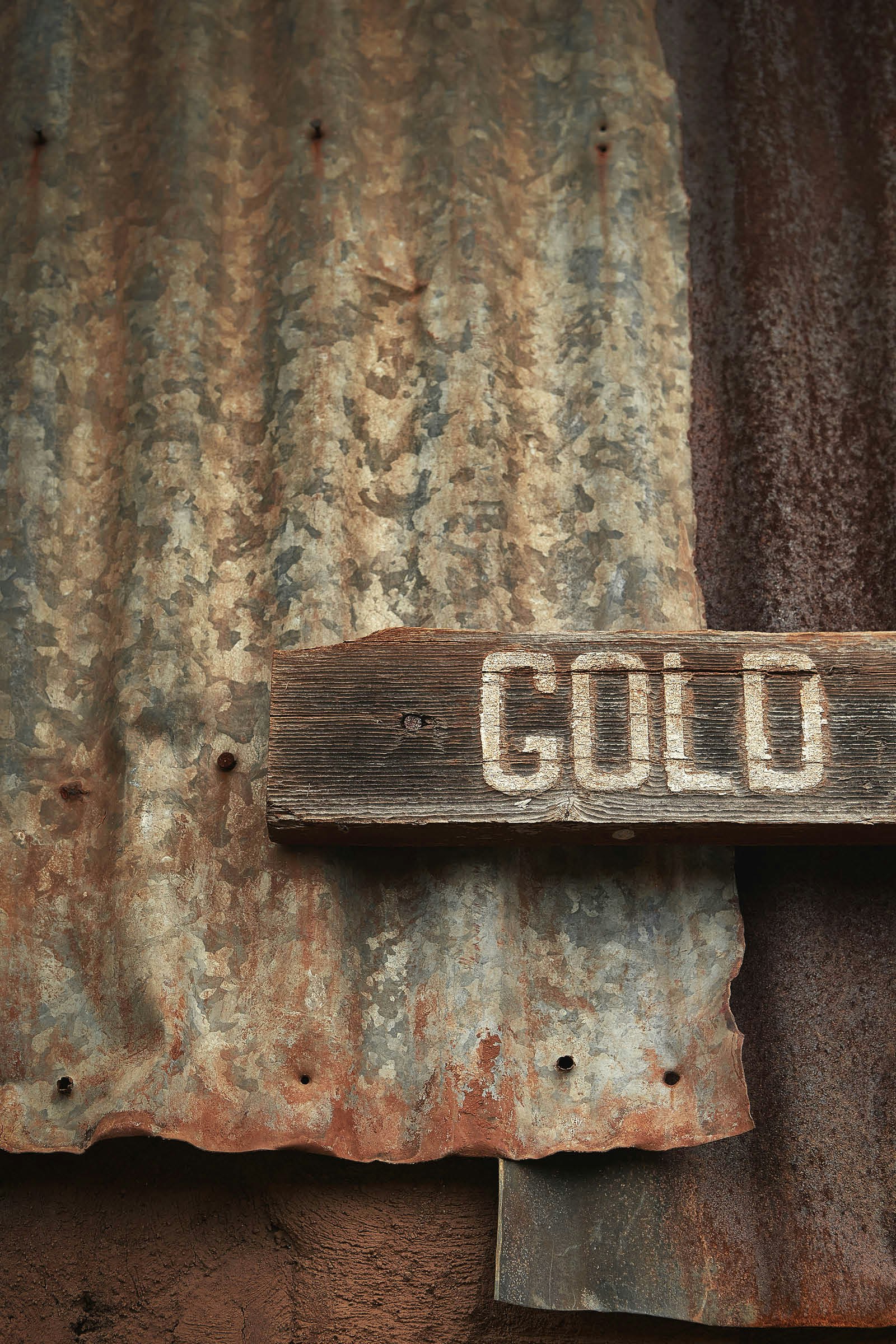
Patterson’s discovery prompted the biggest gold rush South Africa had ever seen. The settlement of Pilgrim’s Rest grew up around the mining sites, and by 1876 was a bona-fide town, home to the legitimate businesses that grow up around new money, and the charlatans and scoundrels that follow them. Indeed, as locals waste no opportunity to point out, it got electricity four days before London – powered by the water that runs through Bourke’s Luck Potholes.
Though the mines largely died out in the 1970s, Pilgrim’s Rest stands much the same as it did at the turn of the century. Vervet monkeys stroll down the high street, fresh from a night upsetting the bins, or sit picking at each other’s fur in purple-blossomed jacaranda trees. Tin-roofed buildings that were once home to banks, barbers and brothels are now living museums. Mail coaches sit in the workshop that used to service vehicles making the run down to Johannesburg, and the red roof of the petrol station still bears the words ‘Highwayman’s Garage’ in large letters, a century after it was established using ill-gotten gains. In the former doctor’s house, the dining-room table is set for high tea beneath austere sepia portraits of the family, and a walking cane, umbrella and leather satchel sit in the coat stand, as if the doctor might be called out at any moment.
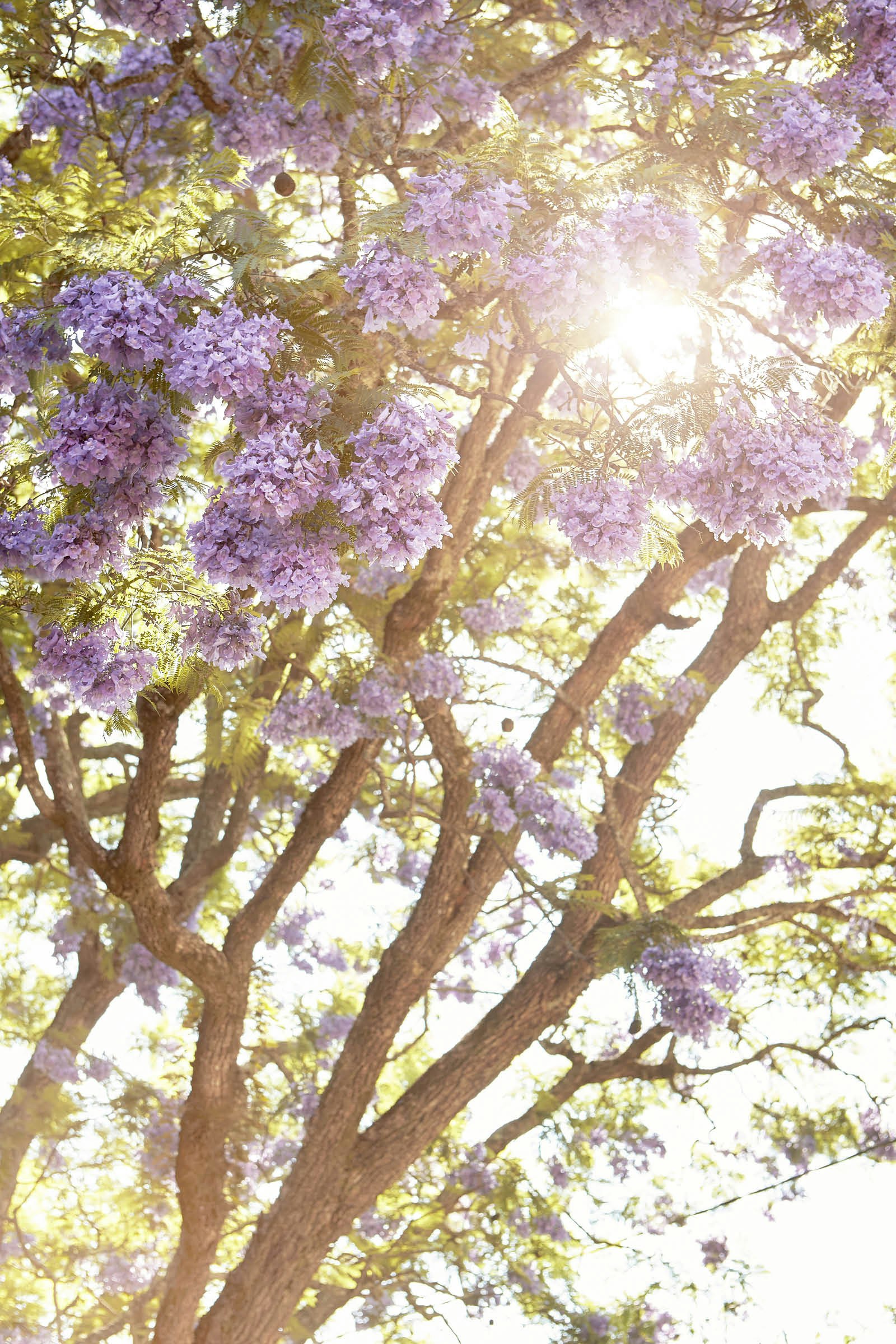
Pilgrim’s Rest is not a place entirely pickled in nostalgia though. There remain people with links to the gold rush here. I bump into Vinky Robertson on the outskirts of town, near the old cemetery. Tumbling down a hillside with views out over the now-grassed-over quarries, it attests to the lure of the town in its heyday; many of its gravestones are chiselled with the names of the Cornish and Welsh miners who came here and succumbed to malaria or misadventure. Hidden amongst them is the final resting place of a nameless bank robber, crossbones on the stone.
Vinky’s grandfather had better luck when he arrived from Sweden in 1912, making a decent-enough wage from his diggings and leaving behind a couple of generations who still have their homes in town. ‘There was gold all over the creek when he was here,’ says Vinky. ‘For him, it was a good place to be – life is not so difficult if you can find gold.’
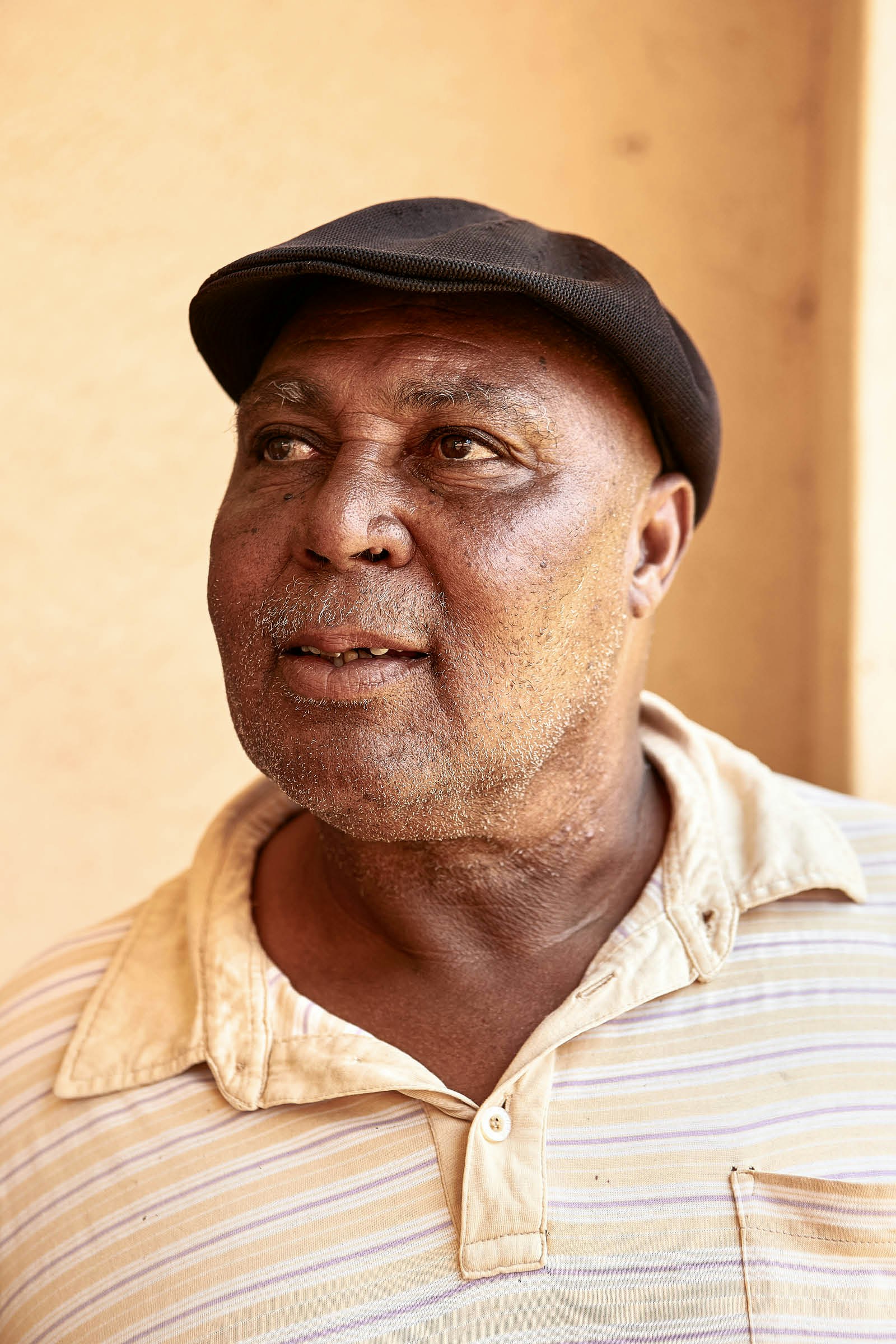
Johnny Reinder, landlord of the Vine pub a mile beyond the cemetery, remembers a more recent boom. ‘They discovered gold up on Graskop Hill in 1978,’ he says, pointing out tiny, glinting traces of the metal in a chunk of quartzite he keeps in a cabinet near the bar. ‘Some people were so excited, they broke their legs running down the mountain to stake their claims.’
With an anecdote for all the mining relics he’s collected and displays in the Vine, Johnny regales anyone stepping through the door with tales of the good old days, of his time selling wurst rolls to the Graskop gold-diggers, and of the ghosts of old miners that haunt the building and frighten his punters half to death. ‘Any town with a history like this one will have a lot of good stories,’ he says with a smile, placing the quartzite back in the cabinet and carefully locking the door.
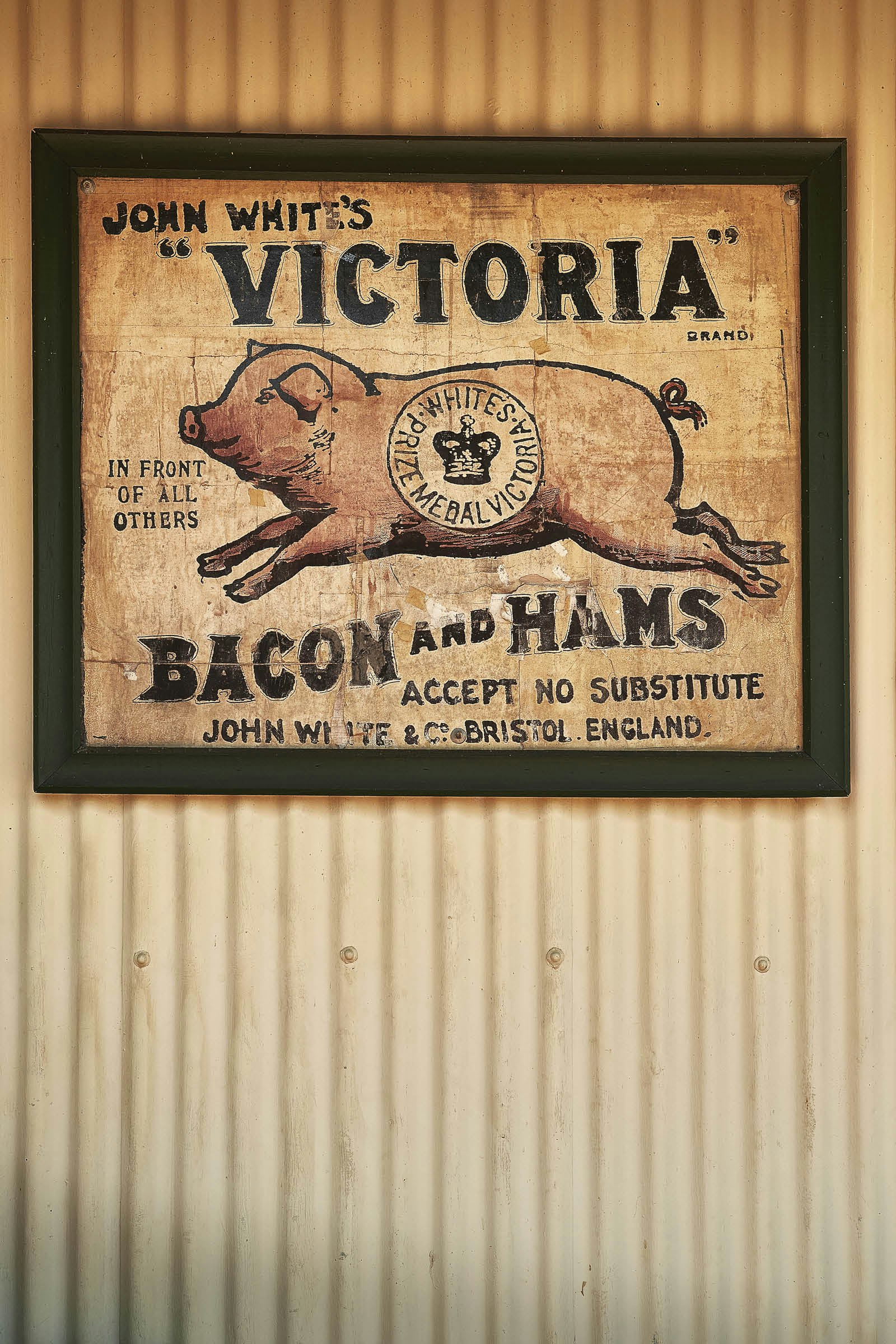
As the region’s mining industry grew, more and more people flooded in to support it. A network of ‘transport riders’ sprang up, bringing supplies loaded on oxcarts from the ports of Mozambique and returning with gold – and, often, smuggled ivory and animal hides. The journey was long and arduous, and countless riders fell victim to disease, murder and animal attack attempting it.
By the time Vinky’s grandfather arrived, a less perilous solution had been found: the construction of a railway that would take goods between the coast and the gold fields. The Selati Line proved so successful that the South African Railways company started a passenger service, stopping for a night along the Sabie River east of the mountains, so that its guests could peer out at the mysterious four-legged beasts that stalked about on the other side of the glass. The last train ran through in 1973 but the legacy of the Selati Line remains: thanks to the popularity of its game-viewing trips, the region was set up as the country’s first wildlife reserve, Sabi Sands.
‘The steam train would come through every morning,’ recalls Elliot Mgiba, loading his rifle with bullets from a holster on his belt. ‘It was so noisy – chuff chuff chuff – and with a whistle to tell the animals it was on its way.’ A ranger in Sabi Sands for 45 years, Elliot used to catch the Selati Express to school. ‘One day the train hit a rhino,’ he says as we clamber into a 4WD. ‘My father came back with a bit of rhino steak, but I was very upset and didn’t eat it.’
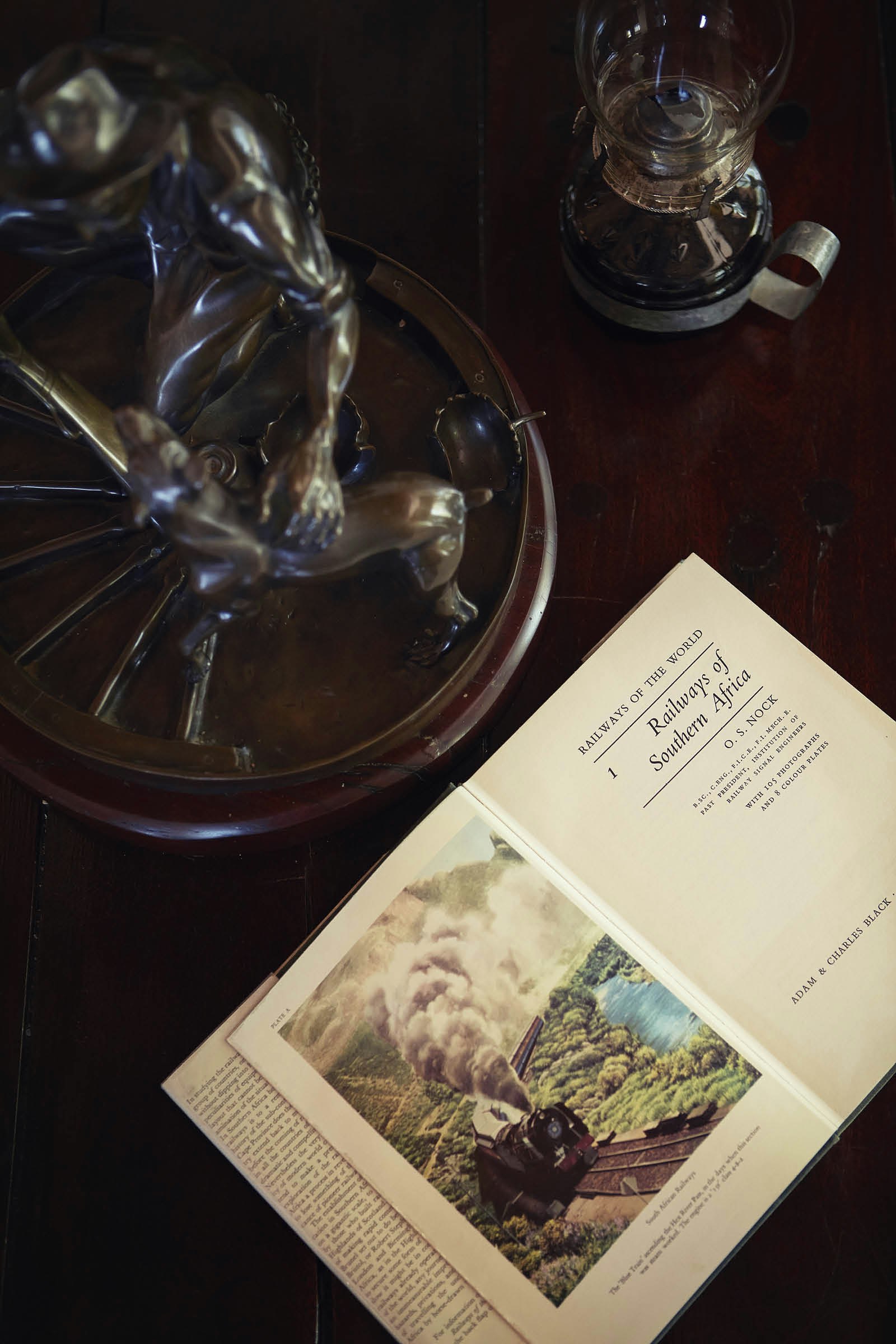
From Selati Camp, a lodge set up to celebrate the train route and dripping with railway memorabilia and the romance of the first safaris, we follow the old railbed through the reserve. Impala, some with newborn calves testing out gangly legs, spring away as we pass, while fan-eared nyala antelope stand their ground in the bushes, locked in indecision whether to stay or run. At the site of an old station near the camp, Elliot tells the story of passengers forced to spend the night hiding in the trees from prowling lions, after the driver of the Selati Express had failed to spot and stop for them as he came through. ‘After that, the railway put ladders against the trees so people could climb up more easily,’ he says.
Leopards have replaced people in the trees these days. We encounter several in our time in Sabi Sands, including cubs left by their mothers as they hunt. One lolls in the crook of a jackalberry tree, barely able to muster the energy to monitor our approach. ‘If a leopard finds a comfortable place,’ says Elliot, attempting to raise the cub’s interest by mimicking the call of a hyena, ‘she sits for a very long time. We can spend two hours here, and she doesn’t move once.’ Further on, the stripped remains of an impala decorate another tree, dragged into the branches by one of the leopard pair slumped in the grass nearby.
It’s bonanza time for the park’s hunters. Their prey is weak, the long dry season having only recently ended. Hyenas trot about with enormous fleshy bones in their jaws, while packs of wild dogs spend their days lounging in the shades of acacia trees, too bloated to stir. Lion prides are so spoilt they kill several buffalos a day, eating what they need and leaving behind carcasses so full of meat even the vultures fail to pick them clean. While the fat-bellied adults flop in the dust to digest their meals, cubs practise for future hunts, tumbling about with their siblings or gamely trotting after waterbuck, teeth bared.
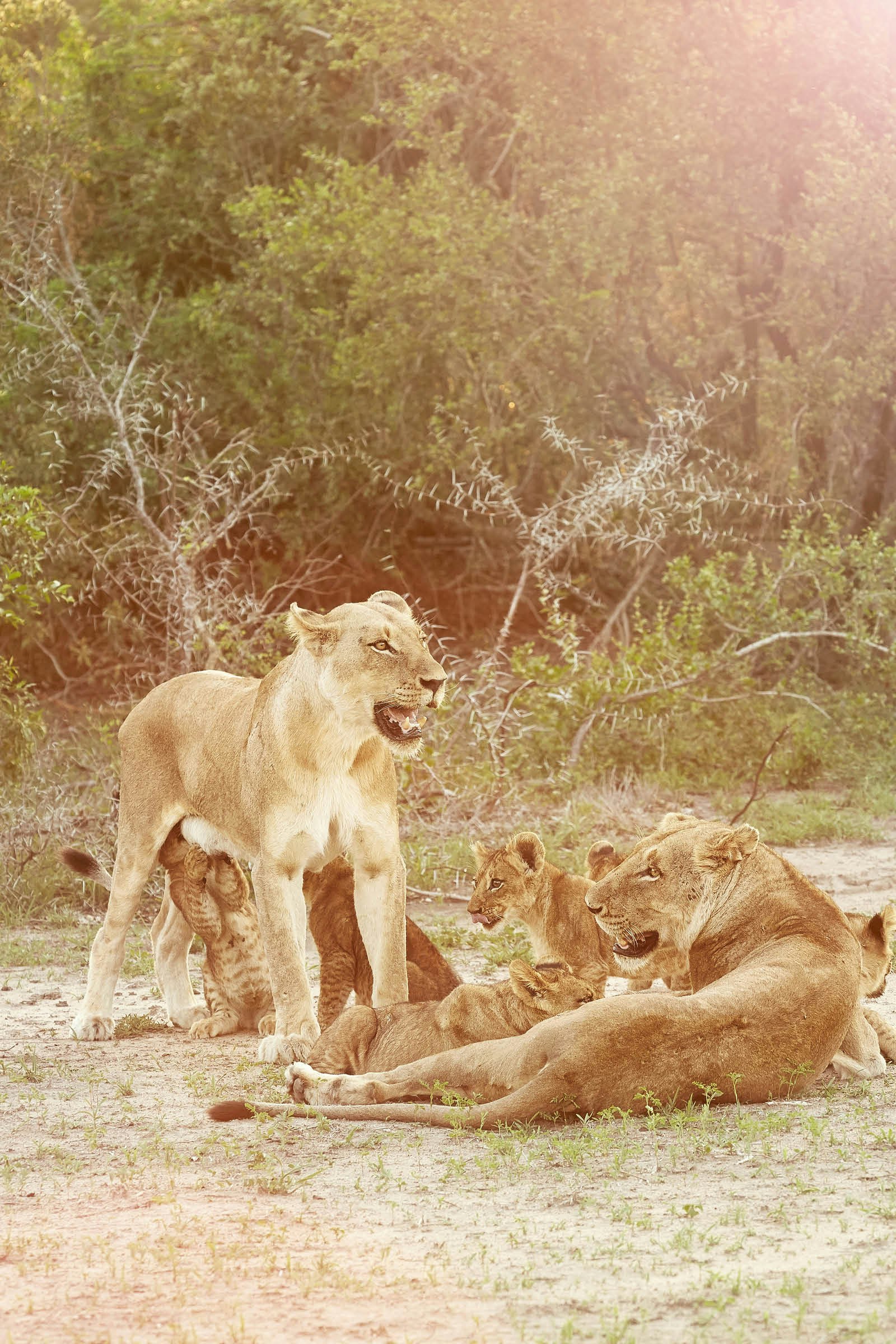
The balance is shifting though. With the grassland and woods returning to life, the park’s buffalos will soon fatten up and be too strong for the lions. Rhinos power across the plains, heads down, hoovering up all vegetation in reach of their enormous snouts. ‘They have not seen food like this for a long time, they cannot believe it,’ says Elliot as a male lumbers within yards of the 4WD, so intent on grazing he doesn’t seem to notice the large metal object in his path. ‘When they eat like this, they have no sense of direction – they just follow the grass.’ Elephants, too, are sufficiently distracted by the new leaves on knobthorn and fever trees to pay us much attention. Even the dung beetles are busy – furiously moulding balls of manure and skittling them along the reserve’s tracks in a bid to impress prospective mates.
And so the seasons roll through in this corner of South Africa, as they did long before the rest of the world arrived to dig for riches in the mountains, or a steam train puffed and screeched across the plains, its wagons full of gold. The fortune-hunters and the railways-builders are long gone, but life in Sabi Sands rumbles ever on.
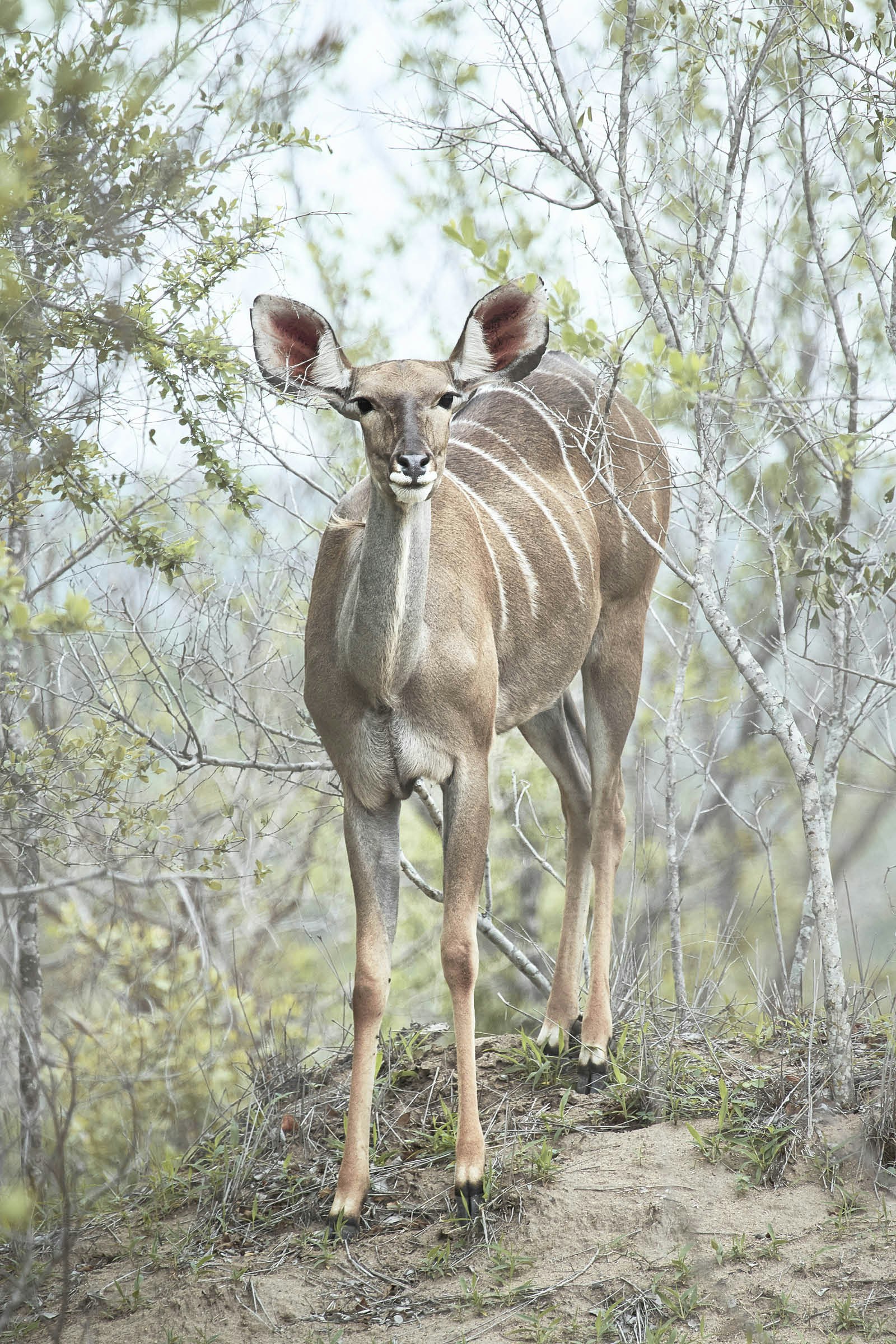
Travel in South Africa's gold country
To follow this route, your best best is to fly into Hoedspruit and out of Skukuza – both airports have connections to the international hub of Johannesburg. If you’d rather drive from Jo’burg to Pilgrim’s Rest, allow around four hours. You can hire a 4WD with pick-up at Hoedspruit airport and drop-off at Skukuza, but given that you’ll be using your lodge’s safari vehicles in Sabi Sands, another option is a private, guided tour along the Panorama Route, with your guide picking you up at Hoedspruit and dropping you at the reserve. Note that you’ll need to drive through part of Kruger National Park to access Skukuza airport.
Plan your route
1. On arrival in Hoedspruit, drive out along the plains to the Drakensberg Escarpment and the beginning of the Panorama Route. Ninety minutes from the airport is A Forever Resort Blyde River Canyon, a great place to recover from your flight and perfectly placed for excursions along the route. It has a number of chalets in its grounds, each with a kitchen, deck and BBQ, as well as a restaurant, grocery shop and pool. There are two viewpoints of the canyon from the site, and the resort can organise various excursions, including horse-riding.
2. You could lose a day or two exploring the Panorama Route down to the town of Graskop. The road certainly lives up to its name, with spectacular viewpoints seemingly every other mile. Of particular note are the Three Rondavels, Bourke’s Luck Potholes, God’s Window, Pinnacle Rock, and Berlin and Lisbon.
3. Stop for pancakes at Harrie’s in Hazyview, and continue to Mac Mac Falls, a 65m-tall plume of water plunging over a cliff, and, further downsteam, a collection of natural swimming pools. Backtrack to Graskop and turn on to the road for Pilgrim’s Rest, a 30-minute drive away.
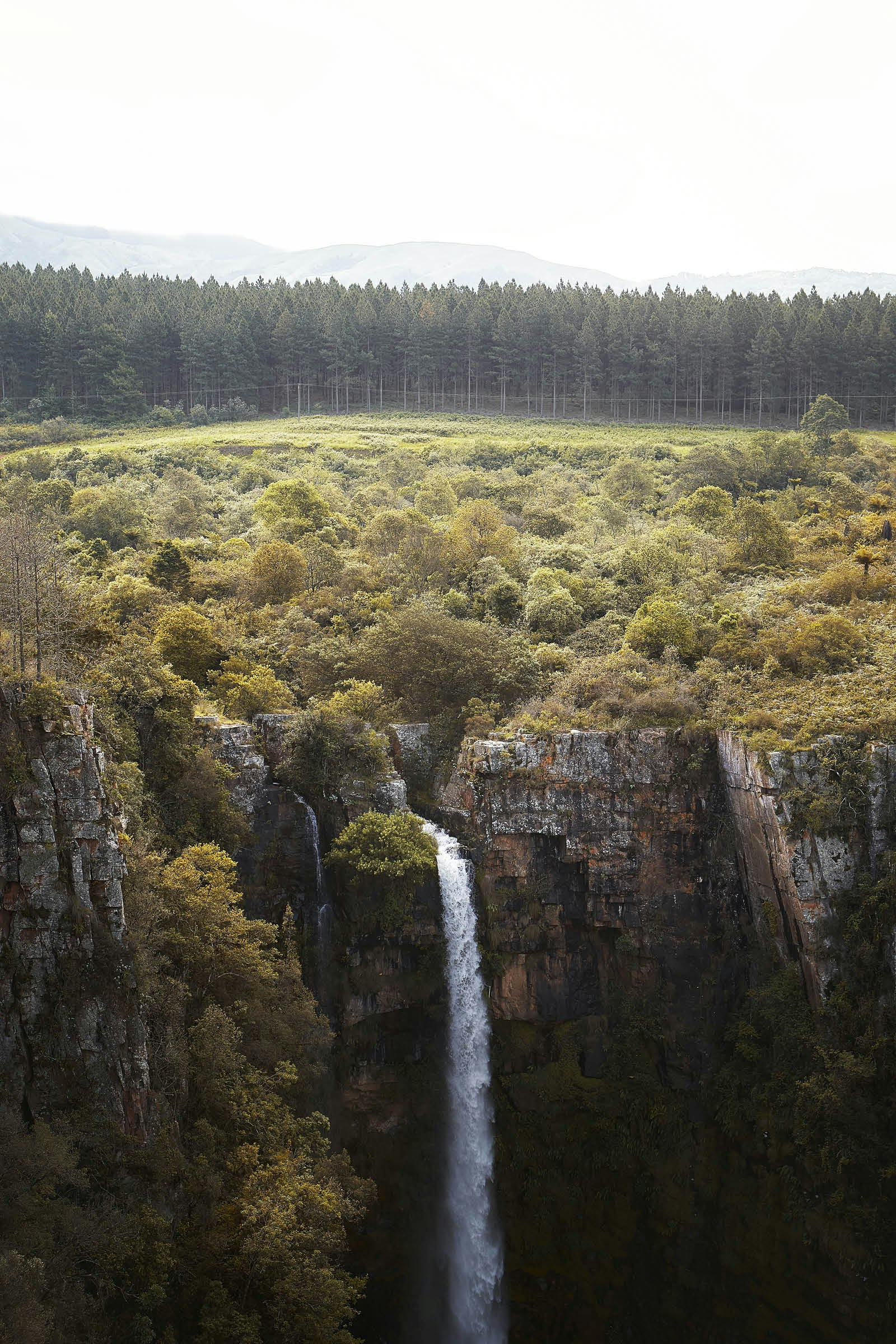
4. Period charm is the name of the game at the Royal Hotel in Pilgrim’s Rest. Iron bedsteads, roll-top baths and wooden floors feature in the charmingly creaky bedrooms. There’s a restaurant on site. Also try The Vine for bobotie, South Africa’s national dish of spicy minced meat.
5. Pilgrim’s Rest has at least a day’s worth of distractions, including a period house, printing firm, garage, churches and old shops. The cemetery, at the far end of town, is worth a wander, especially to track down the Robber’s Grave – and don’t miss the original diggings site.
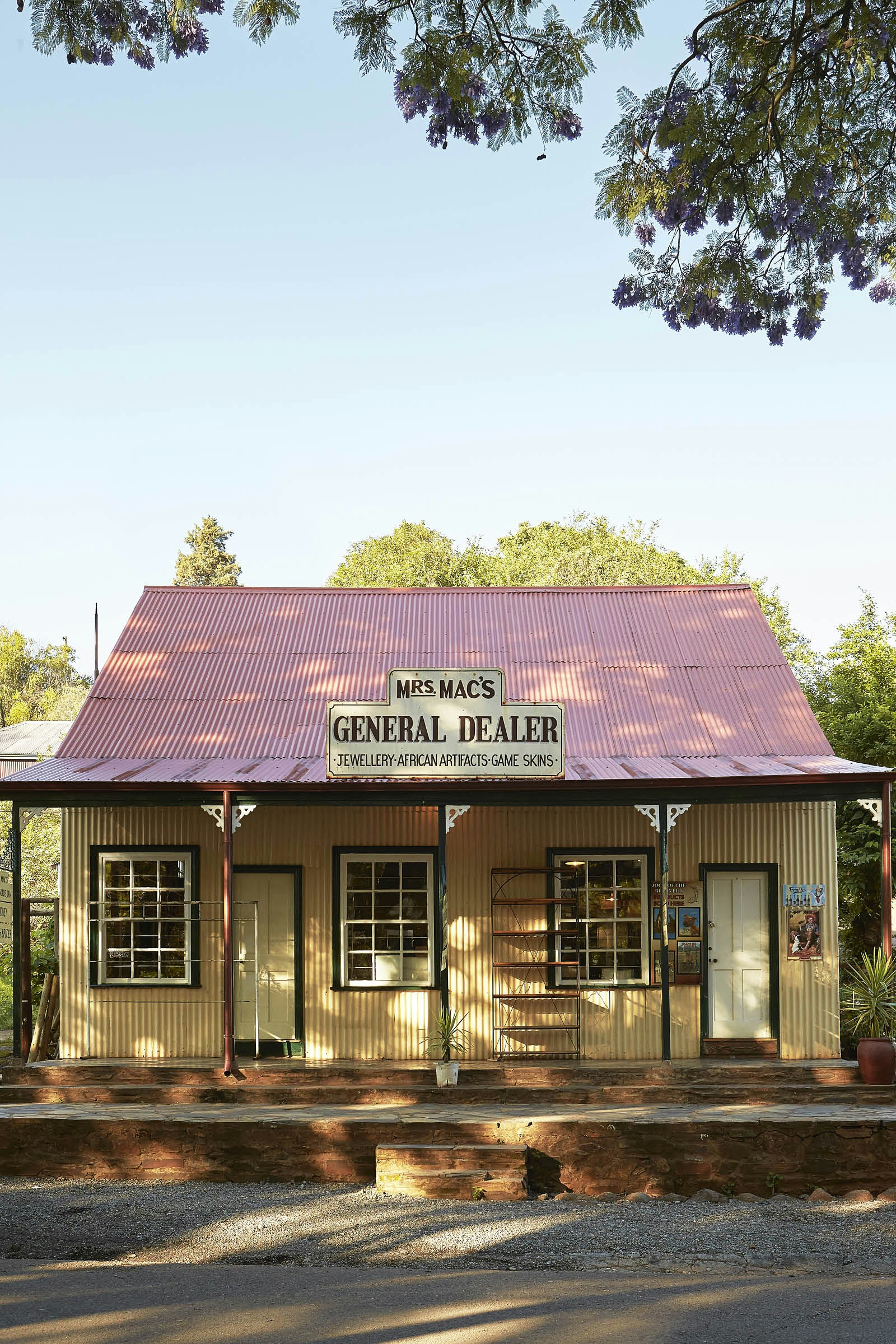
6. Drive on to Sabi Sands Game Reserve. Sabi Sabi has four lodges here, each with a unique design and ambience, but all sharing a deep commitment to local conservation. Selati Lodge is an hour from the main gate, and overlooks a waterhole frequented by elephants and rhinos. The lodge has a nostalgic feel, with carefully chosen antiques, white-linen dinners, and nighttime lantern light capturing the spirit of an earlier century. Rooms are generously sized and beautifully appointed. Some have outdoor decks, showers and pools. The guiding is superb.
7. Expect to see the big five up close in the varied landscapes that make up the 65,000 hectares of Sabi Sands: elephants, white rhinos, Cape buffaloes, lions and leopards. The park has nowhere near as many visitors as neighbouring Kruger, so you’re guaranteed a more intimate experience with any wildlife you encounter, plus you can ditch the 4WD and go on walking safaris.
8. From Sabi Sands, head to Skukuza in Kruger National Park for your flight on to Johannesburg and home.
Amanda Canning travelled to South Africa with support from South African Tourism. Lonely Planet contributors do no accept freebies in exchange for positive coverage.
